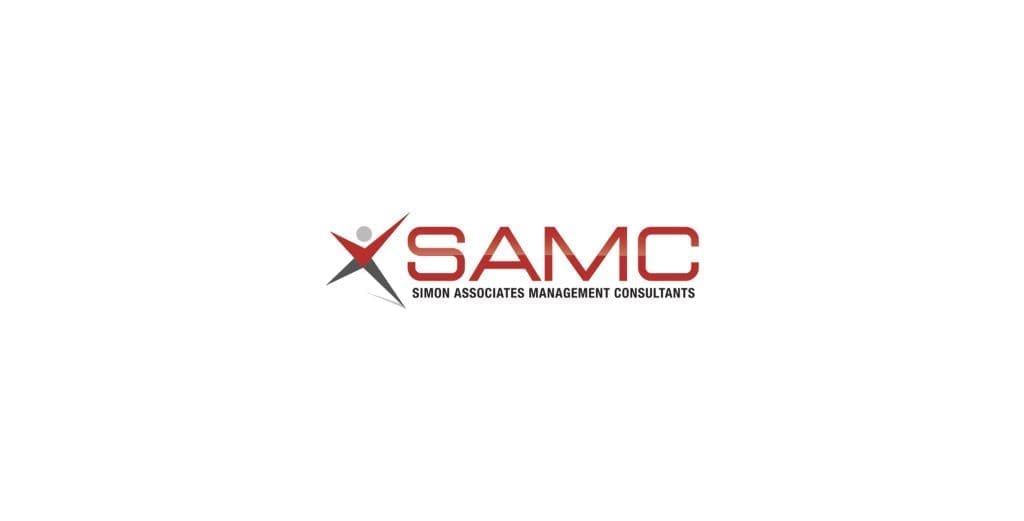 According to Linda Tischler in an April 1, 2004 article in Fast Company, “Ad agencies are hiring anthropologists and ethnographers to study and film consumers in their natural environments to see what they really eat, drink, and buy.”
According to Linda Tischler in an April 1, 2004 article in Fast Company, “Ad agencies are hiring anthropologists and ethnographers to study and film consumers in their natural environments to see what they really eat, drink, and buy.”
Case in point: Ogilvy & Mather, one of the world’s top advertising agencies, hired Emma Gilding in 1999 as a corporate ethnographer. One of her assignments? To hang out in bars across the country watching guys knock back beers with their friends, all the while trying observing the male-bonding rituals of twentysomething Miller Lite drinkers.
The article states, “As directors of Ogilvy Discovery, Gilding and her partner, Johanna Shapira, supervise a team of researchers who follow consumers for hours or days at a time, filming them in their native habitats. Their goal: to capture the telling moments that reveal what consumers actually do with products, rather than what they say they do.”
Since “at least the mid-1990s, the advertising industry has been fighting a war on multiple fronts,” writes Tischler. “Media fragmentation, declining network audiences, information clutter, and ad-zapping technologies have made agencies increasingly eager to find an edge in reaching consumers. Some larger firms believe that ethnographic research such as Gilding and Shapira’s can help identify consumers’ emotional hot buttons, allowing them to craft messages with more resonance.”
According to Bill Gray, president of Ogilvy & Mather, New York, ethonographic research is “one more tool to help tip the balance of the environment in favor of our brand.” In today’s competitive marketplace, consumers’ engagement with a brand can mean the difference between a hot seller and a dud.
Gilding, the 35-year-old British native who launched Ogilvy Discovery five years ago, says, ”This is an authentic experience, not one that’s produced. Our job is to bring a whole world more realistically to life.”
According to the Fast Times article, a videographer filmed beer-drinking consumers (chosen by a recruiting agency) as Gilding observed how hierarchies were established, conflicts resolved, stories were related, even how closely the guys stood to one another…just as in a tribe around a campfire.
Back at Ogilvy, a team of trained anthropologists and psychologists pored over more than 70 hours of footage from five similar nights in bars from San Diego to Philadelphia.
One key insight emerged, according to Tischler’s article: Miller is favored by groups of drinkers, while its main competitor, Bud Lite, is a beer for individuals.
That insight reinforced research that Tom Bick, Miller’s senior brand manager, had been conducting independently. “We could see from our own demographics and focus groups that our drinker base was somewhat different than Bud’s,” Bick says. “But we couldn’t put our finger on it.” Ogilvy’s research confirmed that the archetypal Miller drinker felt more comfortable expressing affection for friends than did the Bud Lite ones. “We felt the Bud guys were much more about impressing each other,” he continued.
It was this understanding of real-life behavior that led to a hilarious series of Miller Lite ads that were dead-on strategically.
Tischler explains that Ogilvy isn’t the only company to discover the value of ethnography to figure out how consumers are using their brands. Young & Rubicam, Saatchi & Saatchi, J. Walter Thompson and TBWAChiatDay have all used ethnographic research, as well as Microsoft and MTV. These observational methods are gaining in popularity as advertisers have become more interested in brands’ emotional qualities, something that isn’t always revealed in focus groups.
Though highly effective, Tischler reports that ethnographic research is expensive. “A typical study includes 6 to 10 subjects, each paid as much as $500—and that’s a fraction of the total tab. Plus, the process is time-consuming: Start to finish on an average-sized study customarily takes Ogilvy’s group four to six weeks. Even then, the results don’t provide clear guidance to a client accustomed to more quantitative methods.”
But does ethnographic research translate into sales?
Although the Miller Lite ads got high marks from audiences for their entertainment value and emotional resonance, they weren’t as successful in driving sales. “What people got from that campaign was that it was about time with your best friends,” says Bick. “The emotional side was very powerful. Its downfall was that it didn’t work on a more fundamental level” I.e., it didn’t drive sales.
Yet Bick still firmly endorses ethnographic research. It “helped us to understand the Miller Lite drinker and his friends as genuine people,” he says. But getting them to buy more Miller Lite? That’s another issue.
For Linda Tischler’s Fast Company article, “Every Move You Make,” click here.



